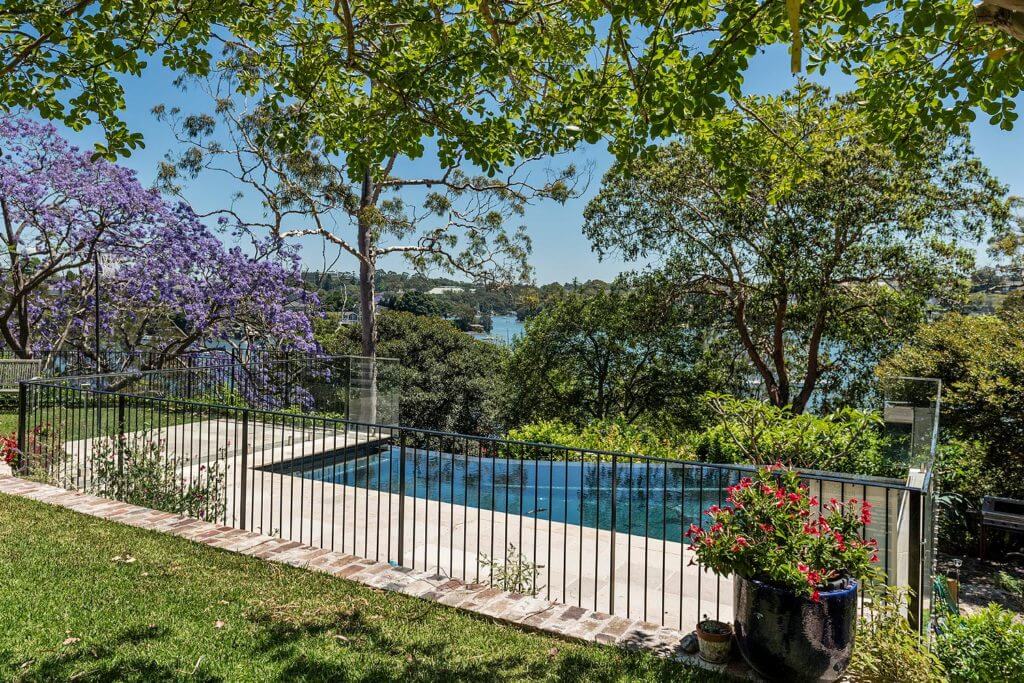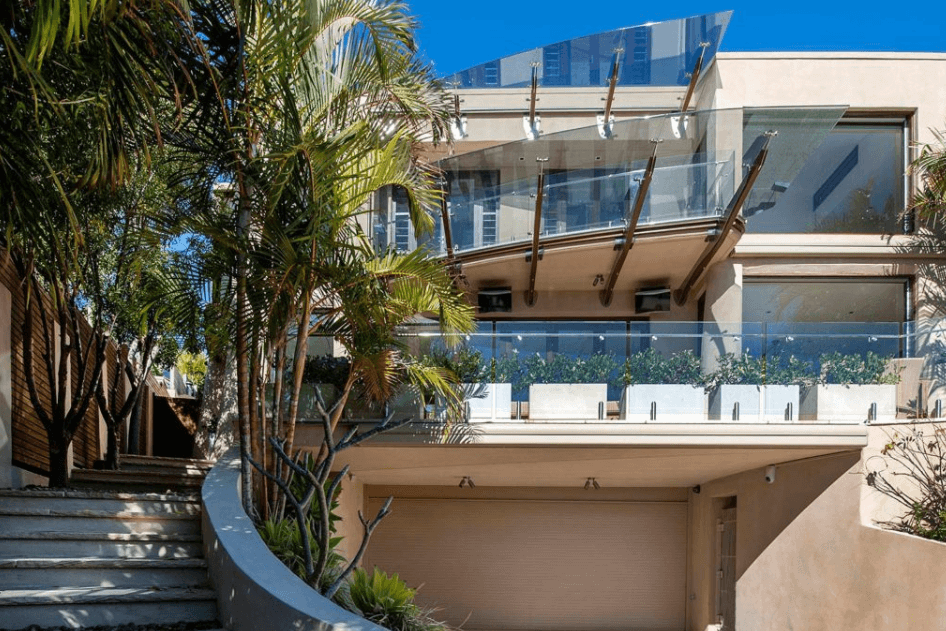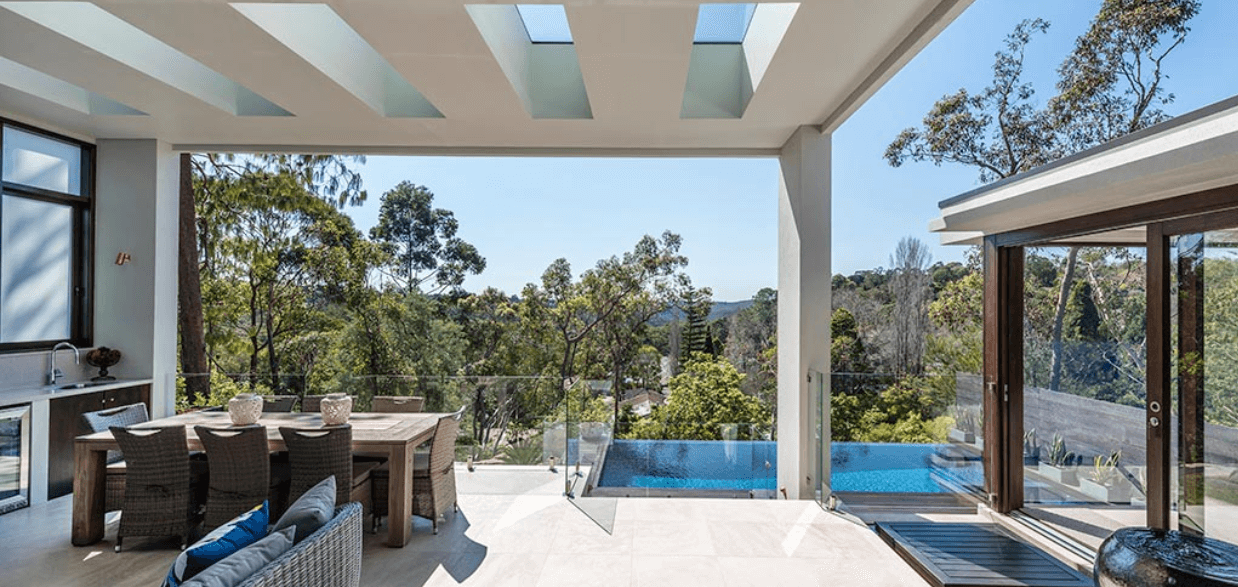Sustainable house design is about creating homes that work in harmony with their natural surrounds, within the context of environmental, economic and social factors and outcomes.
Environmental factors include water use, energy efficiency, emissions and waste, while economic sustainability refers to costs for materials, construction, maintenance and upgrades.
Social sustainability is concerned with how the development affects residents’ lives. This includes safety, accessibility, connectedness and future liveability.
This means that sustainable housing is about more than the design of individual homes. Through sustainability principles, we can build stronger, healthier and more cohesive communities by embedding sustainability into the community itself.

What does a sustainable community look like?
The Green Building Council of Australia describes sustainable communities as those that embody sustainable development and respect for the natural environment, while encouraging prosperity and human wellbeing and development.
This requires building high quality sustainable housing while enabling access to employment, education, quality food, health services and transport. Opportunities for recreation, social connectedness and participation are also an important part of the mix.
This contrasts with less sustainable developments which are likely to have poorer quality housing and urban design and greater environmental degradation. These environments are likely to provide fewer opportunities for engagement, employment and education, and to lead to poorer mental and physical health outcomes.
How can sustainable house design help build better communities?
Architects and builders can contribute towards building stronger and healthier communities through sustainable house design.
This may include the following:
- Energy-efficient homes built from sustainable and eco-friendly materials (e.g. Hebel systems) that allow for future modifications and long-term liveability. This type of setup may also make it easier for people to stay within their communities as they get older.
- A sense of safety and accessibility for all residents. Examples include sound security, safe roads and walking paths, and equal access to shared spaces and services.
- A shared sense of ownership and belonging – e.g. though shared green areas, community gardens and community hubs.
- Shared community goals – such as reduced waste, more recycling, reduced water and energy use, local pollution and emissions control, care for the surrounding environment and so on.
- Various other features and factors such as solar panels, energy storage, double glazed windows and car-sharing schemes.
Creating sustainable communities certainly requires greater thought, planning and foresight. However, the outcomes include happier, healthier, stronger and more productive communities. Contact us to find out how we can partner with you in developing sustainable communities.


